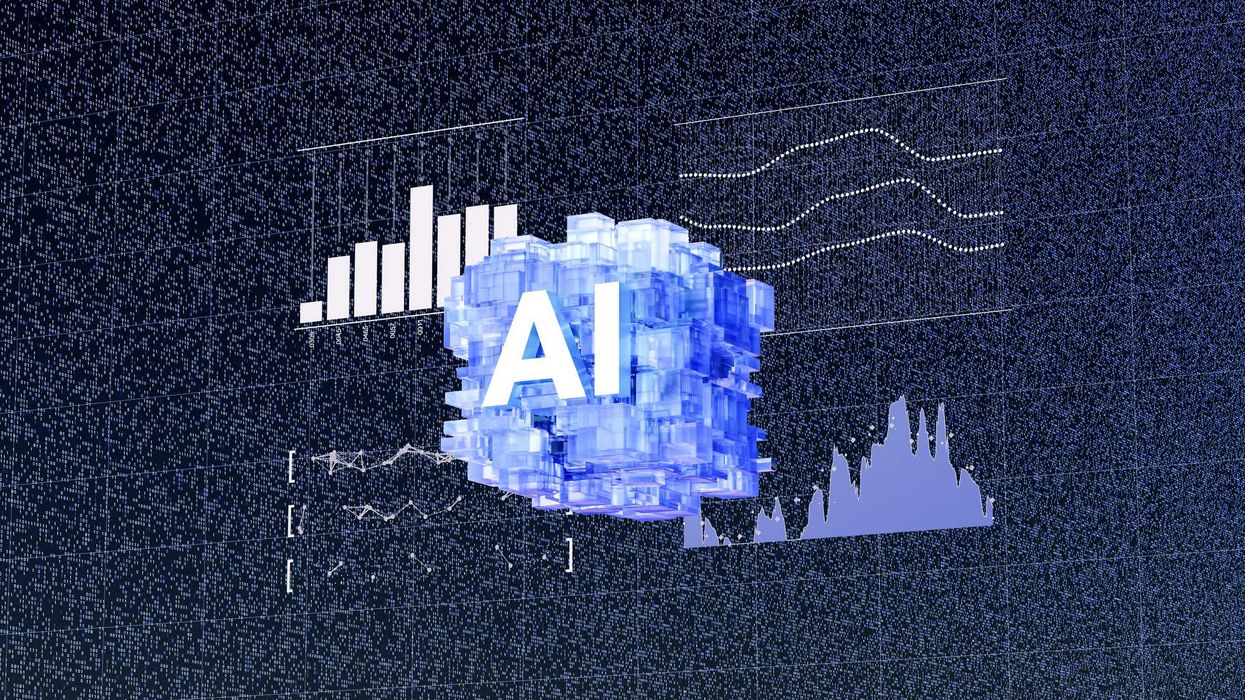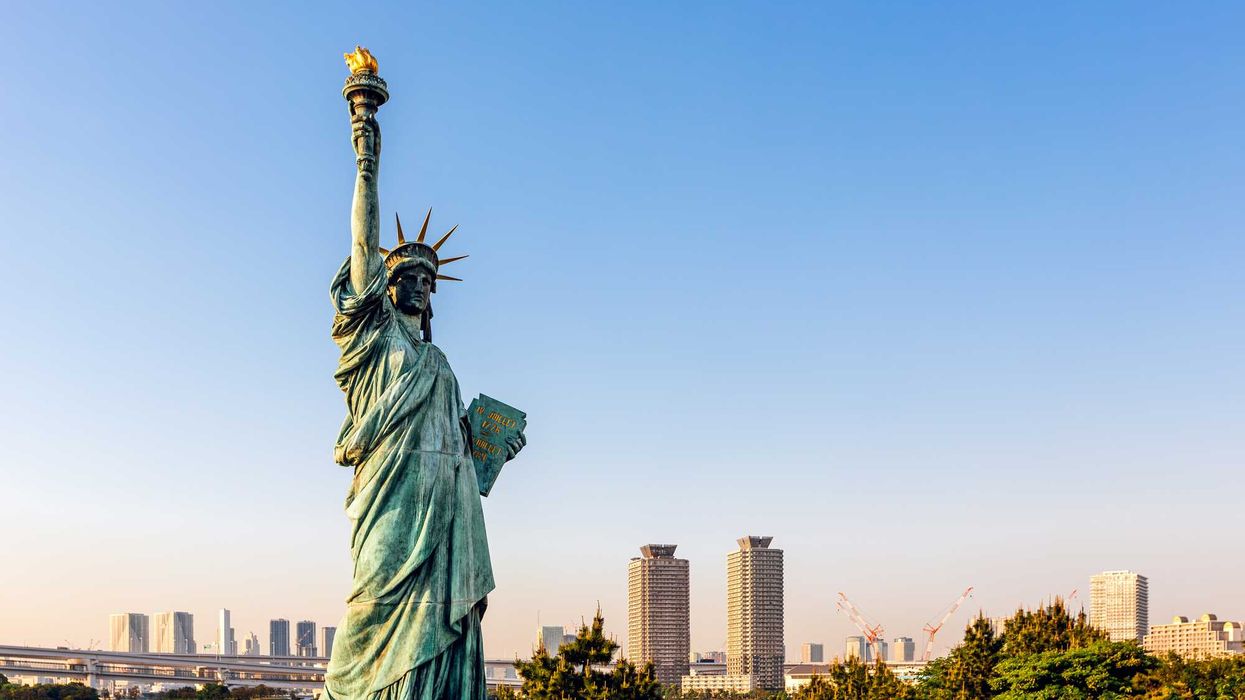In the most black-swan election of our lifetimes, the politics of resentment and strongman rule rose to the apex of American power. As a result, our democracy is in danger of being degraded to a flimsy veneer overlaying autocratic and kleptocratic rule. As President-elect Donald Trump said, the intent is to fix the system “ so good you're not going to have to vote.”
But if democratic backsliding is the political story of our time, it’s not the only story. Shoots of democratic renewal have been appearing amid the rubble of our broken norms, institutions and connections to one another. I think of them as “countertrends to the politics of resentment” and count five of them, though there are surely more beyond my scope of vision. Taken together, they offer hints of what a democracy can look like that better serves and more meaningfully engages the vast majority of Americans. More, they show where regenerative energy can be found.
First, consider the “left behind” communities that have been setting aside dysfunctional political scripts to rewrite their stories. James and Deborah Fallows have made this local renaissance their beat. They report on places like Columbus, Mississippi, which is reviving its economy through high-wage businesses development and innovative schools, and fostering a culture of equality through public art. Rather than looking toward a Great Leader to rescue them from phantasms of carnage, they tackle their real challenges. John Fetterman (D) rode this wave to his 2022 Senate victory, proclaiming, “Twenty years ago I came to Braddock [Pennsylvania] to start a GED program, and I’ve spent these last two decades fighting for these forgotten communities, because … every place matters.”
Second, there’s the steady spread of democratic innovations through which regular citizens gain a meaningful voice in public decisions while nurturing a healthier working relationship with officials. In New York City, for instance, participatory budgeting (a year-long process through which communities decide how a portion of public funds are invested) is at work in 29 of 51 city council districts and investing nearly $30 million annually. The results are updated libraries, upgraded playgrounds, better lit and safer streets, and engaged citizens willing to accept the defeat of their favored project because they experience the process as fair, which is what democracy requires. Meanwhile, citizens assemblies (random samples of citizens convened for extended influential deliberations on solutions to public problems) have gained more traction in other parts of the world. But there is growing interest in the U.S. and given they are close cousins to our New England town meetings, they are enough in our DNA to keep catching on.
Third, like antibodies to authoritarian infection, an ecosystem is emerging to help the nation address the toxic polarization and dysfunctional public discourse that has been dividing and conquering the people and strangling the democratic process. This includes the 500-plus organizations in the ListenFirst Coalition; the growing Solutions Journalism Network; applied research outfits like the nonpartisan More in Common, Berkeley’s Othering and Belonging Institute and Johns Hopkins’ Agora Institute; and a budding Tech for Social Cohesion coalition. The body politic is far from healthy but some treatment has begun.
Fourth, while several public opinion trends threaten to weaken democracy ( cratering public trust, deepening partisan animosity, wavering commitment among the young) there are some democracy- friendly ones as well. The Democracy Perception Index, for instance, found the number of Americans wanting more democracy increased from 36 percent in 2020 to 46 percent in 2023. A 2021 Pew study showed 79 percent favoring democracy-deepening innovations like citizen assemblies. And in a 2023 survey by More in Common, 72 percent agreed that Americans have a shared responsibility to “engage with people who are different from us.” That last finding may seem suspect based on social media behavior, but in focus groups with diverse members of the general public it becomes clear that people can still hear and learn from one another.
Finally, democratic “people power” has been gaining steam, as in the massive, multiracial protests of recent years and, especially, in ongoing and increasingly powerful community and movement organizing. Examples include the many successful Fight for Fifteen campaigns for a living wage; a revitalized union movement; the bipartisan struggle that restored voting rights to many of Florida’s formerly incarcerated; state referenda victories protecting women’s reproductive rights; the Rev/ William Barber’s reconstitution of MLK’s multi-racial Poor People's Campaign; and the Inter-Movement Impact Project.
One virtue of the countertrends is that they tend to strengthen each other. Fallows, for example, finds that democracy innovations like participatory budgeting can play an important role in the local revival he has been documenting. And Rahman and Gilman, in their excellent Civic Power, show how political movements and participatory innovations like citizens assemblies complement one another in “rebuilding American democracy in an era of crisis.”
Another became evident to me in focus groups I conducted in 2023 with cross-sections of politically fed-up Americans. I found that discussing the countertrends could spark people’s democratic imaginations. While no single one had much impact, discussing several had a cumulative effect — people became less cynical and more open to the possibility that our democracy might be fixable after all.
Still, a new anti-democratic elite of demagogues, billionaires and ideologues has amassed enormous power and the countertrends are the bare beginning of what will be required to overcome them. We’ll need more community organizing and national coalition building; more state and municipal policies that protect people’s rights and enact democracy reforms and innovations; and countless acts of civic courage, caring and reconstruction. Those are just a few of the avenues open to those who would help the nation fend off autocracy while building, brick by brick, a democracy that welcomes and works for all Americans who want to live in one.
Friedman is a political scientist, the former president of Public Agenda, and a democracy researcher, writer, and advocate. Follow him on Blueky at @willfriedman.bsky.social.



















